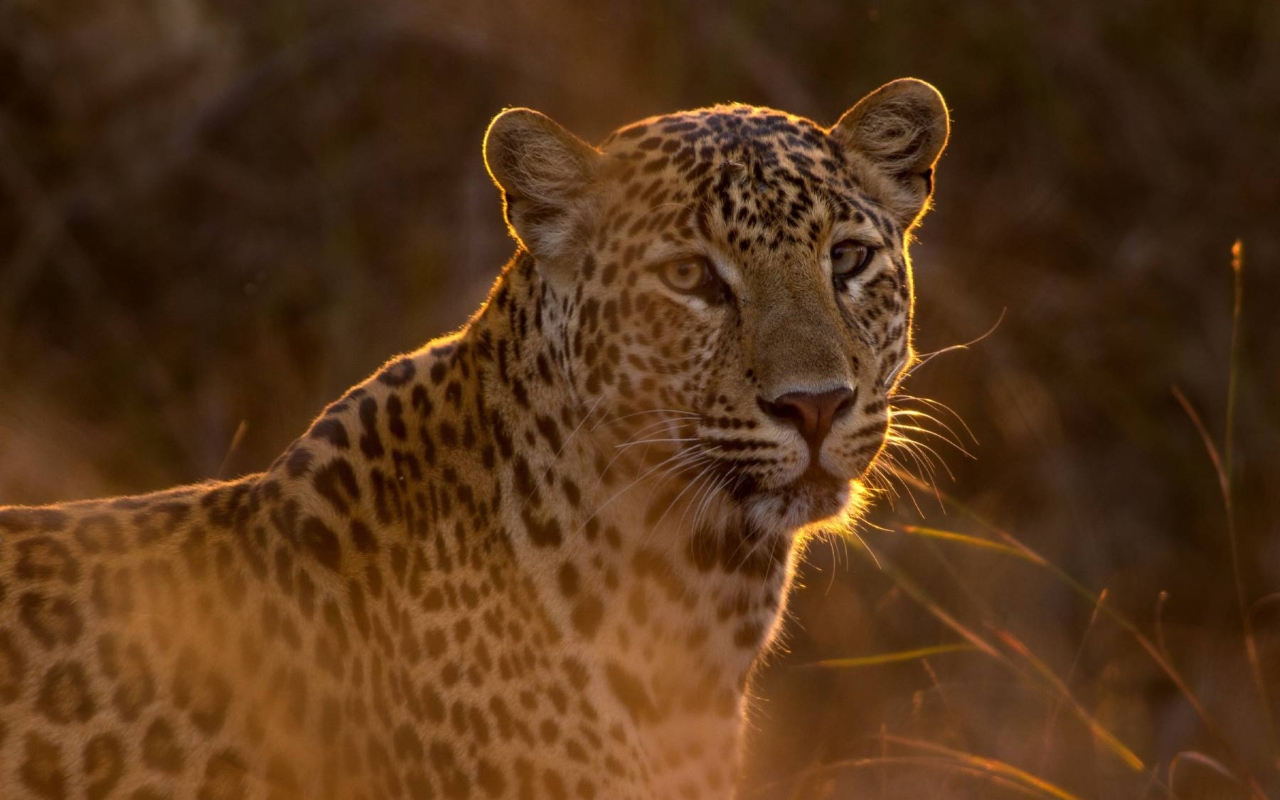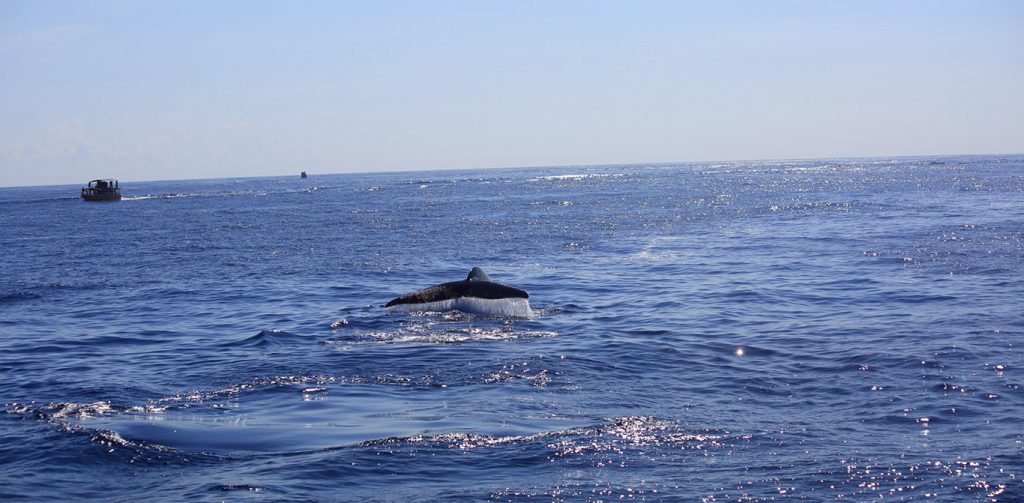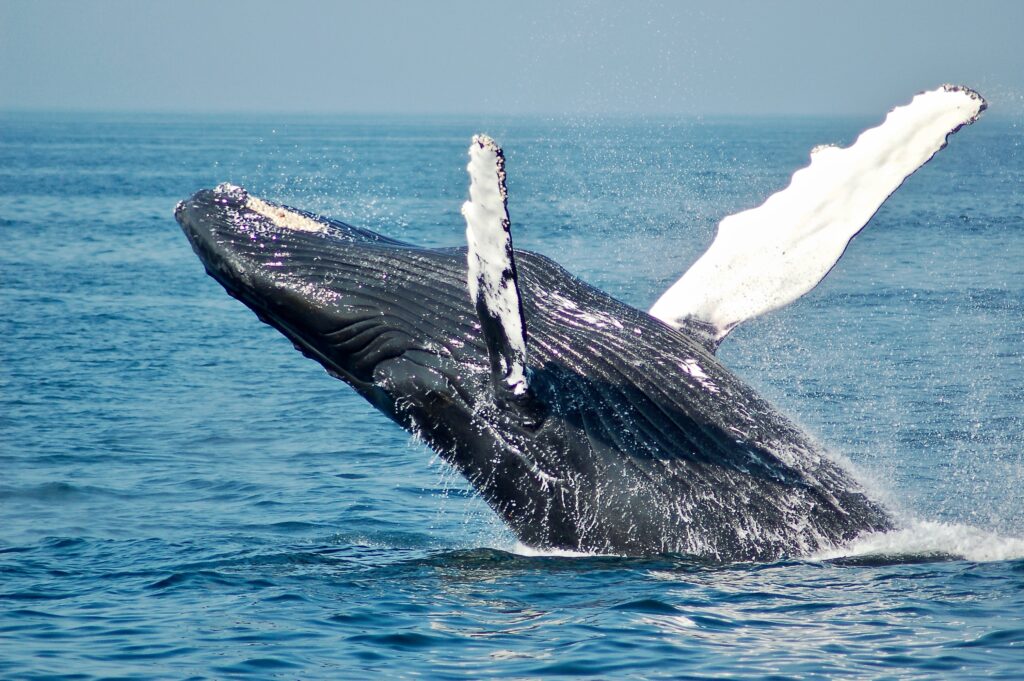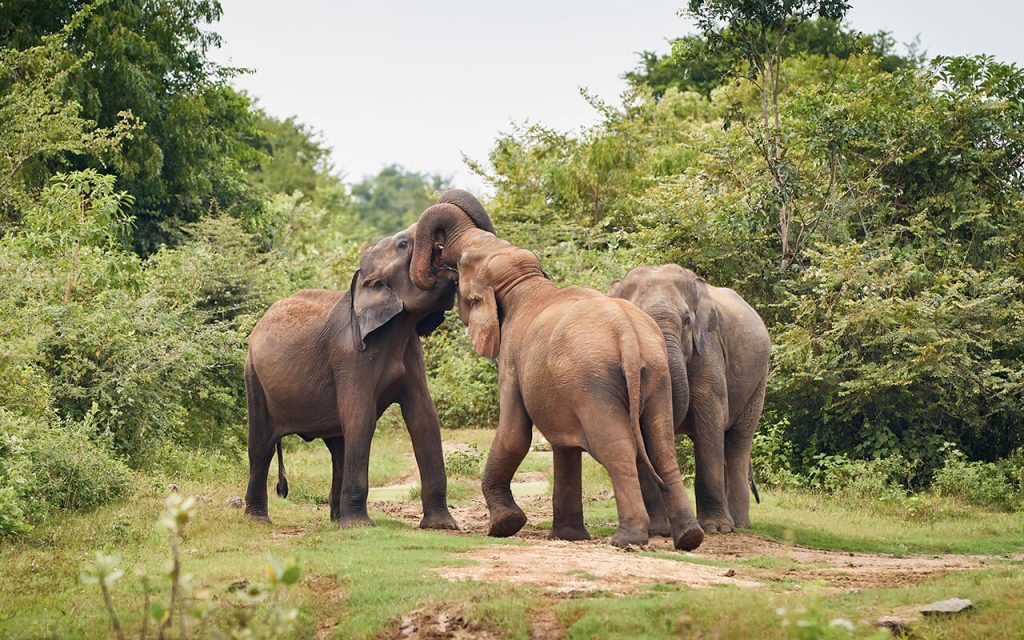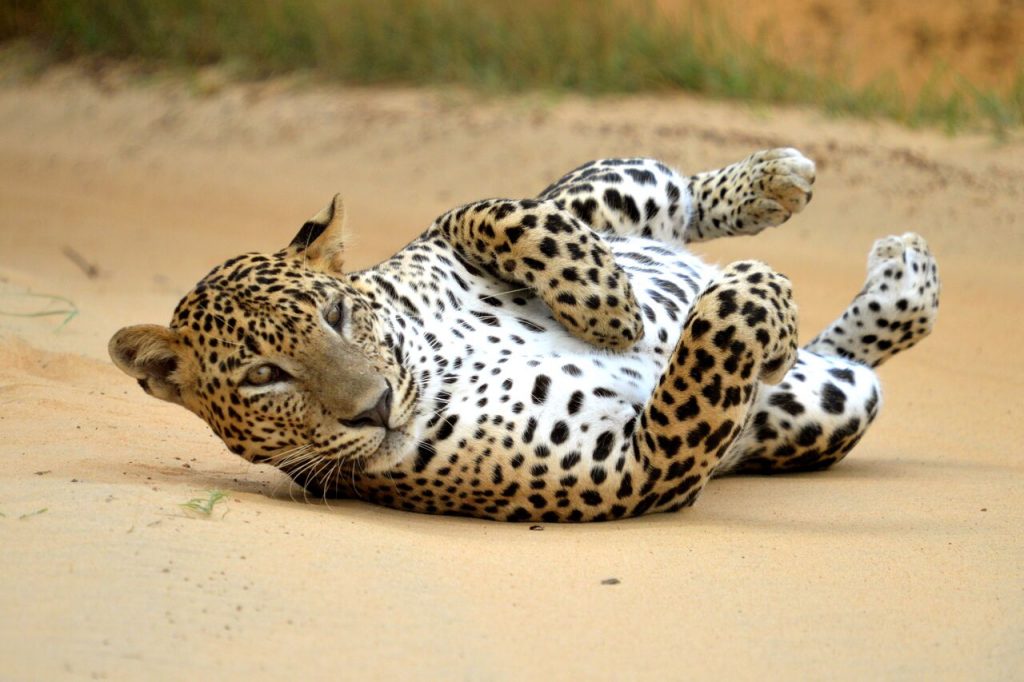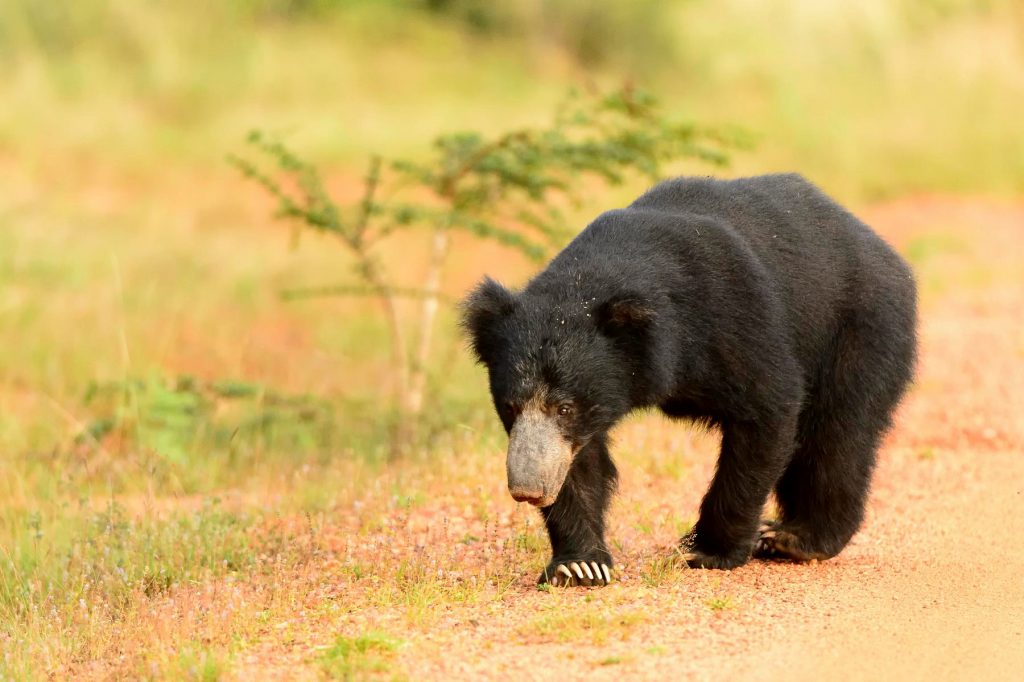Tiny as Sri Lanka may be, dense are its jungles, rich is its biodiversity, and plenty is its wildlife. While the Asian Elephant may be the ever-present emblem of tropical wilderness on the island, other magnificent creatures also roam its territories. Sri Lanka’s Big Five creates an iconic wildlife tour. Consisting of the Blue Whale, Sperm Whale, Asian Elephant, Leopard and Sloth Bear, meet the largest and the most majestic species that rule the jungles and ocean of this exotic paradise!
Blue Whale
They are the largest animals to have ever lived on Earth. Yes! Even bigger than any dinosaur known. Growing up to 100 feet, blue whales can be longer than a typical basketball court. They can weigh up to 200 tonnes, their tongue heavier than an elephant and their heart weightier than a car.
Blue whales look their best blue underwater and, on the surface, a mottled blue-grey. These endangered species are rare, and their sightings are also scant. Sri Lanka remains one of the best places on Earth to see them.
The marine topography of Sri Lanka creates a hospitable environment for blue whales. Its deep ocean canyons, weather systems and the plankton-plenty narrow continental shelf attract these gentle giants to live and play freely in the waters. There is also a species of blue whales in Sri Lankan waters and the Northern Indian Ocean, which are non-migratory and seen year-round.
The main whale-watching spots in Sri Lanka are Mirissa in the south, Trincomalee in the east and Kalpitiya in the northwest. November to April is the best season for whale watching in Mirissa. May to October is Trincomalee whale-watching season, and October to March is ideal for whale-watching in Kalpitiya.
Sperm Whale
Their brains are much bigger than any creature known to have lived on Earth. The large quantities of a substance named spermaceti in their heads give them the name sperm whale. They are easily recognizable by their massive heads and prominent rounded foreheads. They are also the largest of toothed whales. Sperm whales are known to deep-dive more than 3000 feet in search of squid and hold their breath underwater for up to 90 minutes. Unlike blue whales, there is a healthier population of sperm whales on Earth.
Head to Mirissa, Trincomalee and Kalpitiya during their respective whale seasons to see sperm whales. You can observe whales year-round in Sri Lanka.
Asian Elephant
Sri Lanka is the land of the Asian Elephant. The elephant has a deep-rooted cultural significance. From mythology to ancient battlefields, the elephant intertwines with every aspect of the island’s identity. Therefore, it is not surprising that Sri Lanka has the highest density of Asian elephants in the world.
Only a handful of national parks in the country do not have elephants. The rest are all elephant habitats. In most national parks, you can see the Big Three. Minneriya, Wilpattu, Wasgamuwa, Gal Oya, Udawalawe and Yala are famed for elephant populations. From May to September, during the dry season in the central plains, the Great Elephant Gathering takes place in Minneriya National Park, where more than 300 elephants gather to the park to feed and drink from the ancient reservoir. Elephants from Wasgamuwa National Park also migrate here.
You can spot elephants throughout the year in the Sri Lankan wilderness. The dry season is usually a good time for sightings as animals flock to waterholes, lakes, rivers and reservoirs for drinking and bathing. At Gal Oya National Park, you can see them swimming from island to island in the gigantic Senanayake Samudraya.
Leopard
The leopard is the apex predator and big cat of Sri Lanka. Endangered and elusive, their sightings are the holy grail of safari. The Sri Lankan Leopard’s habitat ranges from dry to arid to wet zones. Yala and Wilpattu are famed for sightings. Basking on a tree or prowling the undergrowth, the sights of these beautiful creatures are worth the patience. The diverse ecosystems of the parks provide ample prey and habitats to survive. May to October is the Parks’ dry season, offering more sightings.
Other major national parks such as Minneriya, Gal Oya and Udawalawe also record leopards. These parks also have elephants and sloth bears.
Sloth Bear
Shaggy, dusty, and unkempt, the reclusive sloth bear wanders in the lowland dry forests in Sri Lanka. Their dishevelled look adds to their adorability. Snorting and grunting, it wanders alone, usually at night, in search of insects and fresh fruit. They use their long, curved claws to penetrate insect mounds and suck insects. They feed on various fruits and flowers, especially Palu and Weera, native to the region. When they knock down the occasional honeycomb, they will feast on it earnestly. The cubs often ride on their mothers’ backs, an unforgettable sight. They are the only type of bear found in Sri Lanka.
Yala, Wilpattu and Wasgamuwa National Parks are popular places to see the sloth bear. The fruiting season is the best time for sightings. May to July brings the sweet smell of ripe Palu and Weera.
The Big Five Safari with Blue Lanka Tours
Sri Lanka offers rich wildlife experiences, including the rare and extraordinary. Watch the blue whales and sperm whales breaching and gliding across the water. Witness herds of elephants feeding, frolicking, bathing and swimming. Capture the vivid eyes of the graceful leopard keenly observing you while sprawled out on a tree branch. And see the sloth bear taking a solitary walk through the jungle. Blue Lanka Tours shines the spotlight on the most riveting wildlife spectacles. Tailormade for you with professional expertise and care, we promote responsible wildlife tourism and advocate for conservation. From airport pickup to dropoff, we are with you 24/7 with dedicated customer support. Stay at unique wilderness properties and discover unmatched authentic tropical beauty.

